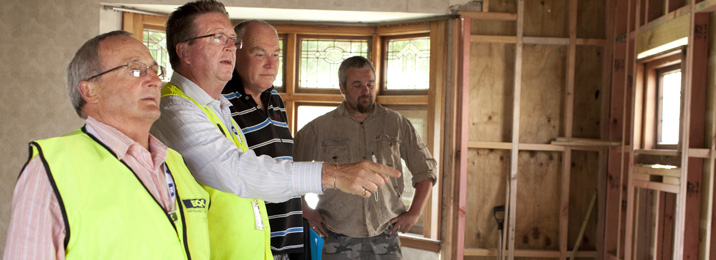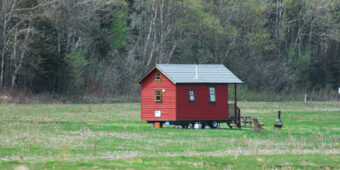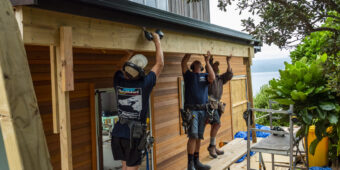Earthquakes shake insurance
01 Jan 2017, Featured, Insurance, Prove Your Know How

As a result of the recent Kaikoura earthquake, aftershocks and a heightened risk of more seismic activity, New Zealand’s major insurers have created a ‘restriction zone’, within which there are significant limitations on the availability of new insurance. It’s important you understand how this could affect your business
The creation of these zones is largely due to international reinsurers imposing restrictions on the local insurance market.
At the time of writing, the zones and the limitations imposed vary by insurer, but broadly cover a region from Wairarapa to North Canterbury and everything in between. Christchurch, areas of mid-Canterbury and the West Coast are restricted by some limitations, but not others.
These restrictions may make it very difficult, if not impossible, for some people to arrange insurance for new construction work in the restriction zone, or to increase their sum insured.
They also apply to other classes of asset insurance, such as house and contents, tools and equipment. The restrictions may also have a flow-on effect on areas outside this zone, with additional information required and conditions imposed. Non-asset insurance such as liability and indemnity, life, medical and income protection are not affected.
Motor vehicle cover is available, subject to some additional information. Some insurers will arrange new cover for existing customers, again with conditions.
Contract works insurance
After the Christchurch earthquakes, a number of issues with contract works insurance arose that are worth highlighting again.
Heavy demand for demolition and removal services following the Christchurch quakes caused a sharp spike in the cost of these services. Contract works insurance typically includes an allowance for these costs, but the default values in standard building contracts were not enough after an area-wide event like an earthquake. Make sure you allow enough in both your contract and insurance to cover these costs.
How is the natural disaster excess calculated?
Insurers have different formulas for working out the claim excess after a natural disaster.
It could be a percentage of the cost of the actual damage, or a percentage of the work completed when the claim occurs and it could even be a percentage of the total contract price! Your policy will describe the formula that applies to you.
Who pays the excess?
After the Christchurch quakes, it was impossible to secure contract works cover for a period of time. The first insurers to enter the market imposed hefty excesses for natural disaster claims, which placed substantial risk back on the contracting parties.
Your building contract should specify who is responsible for paying the excess if a natural disaster insurance claim needs to be made. In general, this should not be the builder’s responsibility, but your contract needs to be clear on this point.
The cost of the recent quakes, plus a heightened risk of damage from future aftershocks, means some types of insurance could be unavailable or restricted for some time.
You also need to consider whether the cover in your policy is adequate and your contract protects you properly.
Builtin Insurance is a specialist in insurance and guarantees for builders and trade professionals. For more information and quotes visit www.builtin.co.nz or contact Ben Rickard at ben@builtin.co.nz or 0800 BUILTIN.
Register to earn LBP Points Sign in
2 Comments
Leave a Reply
You must be logged in to post a comment.




Good quiz
this can be very confusing